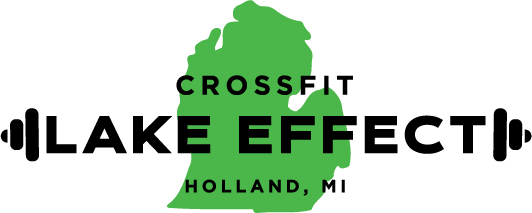A NEW LOOK AT “CORE STRENGTH” & HOW TO EFFECTIVELEY TRAIN IT, PART 2
PART 1 SUMMARY
As I stated in the previous part of the article when training the core, it is important to look at the body globally, versus only focusing on specific muscles. Having a six pack doesn’t necessarily mean you have a strong, functional core that will carry over to performing the major power lifts (squat, bench, deadlift) and Olympic Lifts (snatch and clean). Every action we perform starts at the hips and travels out through a kinetic chain. If there is a weak link/deficiency somewhere along the chain energy will be lost and maximum power will not be achieved.
FEET ELEVATED PLANK VARIATIONS/PROGRESSIONS
Not only do these variations develop “core strength” globally, but it also isolates specific muscle groups that are often overlooked in typical Strength and Conditioning programs. The key to avoiding injury in team sport is removing weak links in the body, and as the saying goes - the body is only as strong as its weakest link. These exercises will remove those weak links from your athletes.
I have had great success implementing these exercises and progressions with my athletes for both injury prevention and increased athletic performance. This article gives you the tools to keep your “core strength” training both challenging and exciting for your athletes. Enjoy
1.Glute Plank:
- Function: Hip Abduction/ Anti-Lateral Flexion
- Local: Gluteus medius, gluteus minimus, tensor fasciae latae
- Global: Lateral Sling
a.Short Lever
b. Long Lever
c. Partner Push Advantageous ISO
d. Partner Push Eccentric
e. Partner Push Disadvantageous ISO
(video below)
2.Groin Plank:
- Function: Hip Adduction/ Anti-Lateral Flexion
- Local: adductors brevis, adductor longus, adductor magnus gracilis, pectineus
- Global: Anterior Oblique Sling (works groin and contralateral oblique)
a. Short Lever
b. Long Lever
c. Partner Push Advantageous ISO
d. Partner Push Eccentric
e. Partner Push Disadvantageous ISO
(video below)
3.Prone Plank:
- Function: Hip Flexion/ Anti-Extension
- Local: iliacus, psoas, rectus femoris
- Global: Deep Longitudinal Sling
a. Short Lever
b. Long Lever
c. Partner Push Advantageous ISO
d. Partner Push Eccentric
e. Partner Push Disadvantageous ISO
(video below)
4.Supine Plank:
- Function: Hip Extension/ Anti-Flexion
- Local: gluteus maximus, adductor magnus, biceps femoris, semimembranosus, semitendinosis
- Global: Anterior Oblique Sling
a. Short Lever
b. Long Lever
c. Partner Push Advantageous ISO
d. Partner Push Eccentric
e. Partner Push Disadvantageous ISO
(video below)
SIDE NOTE
Once all the progressions of the supine and prone plank can be performed proficiently, to add variety they can be performed either single leg, single arm, or both of those variations can be done simultaneously. This will add an anti-rotation aspect to the movement, which is necessary for field sport athletes.
Also something I've noticed in gyms is often people take the time to properly warm up and strength the small musculature of the shoulder girdles. They do this with exercises like band pull aparts or band external rotations. Very rarely do you see people take the time to strengthen the small musculature of the hips outside of glute activation drills (hip abduction). If you struggle with knee, hip, or low back pain even though you regularly do glute activation drills (hip abduction) odds are that is not your issue. It may be time to isolate and test how strong your hip adduction/flexion/extension are, so you can figure out what your weal link actually is.
***Participation in Any At Home WOD or Live Zoom Class or the use of any other information on this website or digital platform managed by CrossFit Lake Effect signifies that you have read and agree to this Waiver and Release of Liability even if it is not signed.





